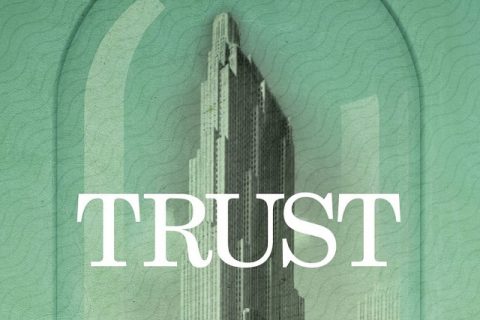

The second is “My Life,” a self-aggrandizing autobiography by Bevel, written the following year and left unfinished at his death.

Vanner’s main characters are a preternaturally gifted and morally deficient financier named Benjamin Rask and his brilliant, psychologically unsound wife, Helen, who we learn later in Trust are modeled on the Bevels. The first is a novel called “Bonds,” supposedly published in 1937 by Harold Vanner, who, like the other authors in the book, is invented by Diaz.

Its tantalizing table of contents promises four books, not one, each of which circles the lives of an early-twentieth-century financier named Andrew Bevel and his wife, Mildred, and calls into question the book that precedes it-a kind of Wall Street Rashomon. Trust incites mistrust from the very start. And we-the readers of her nonfiction book within Diaz’s fictional one-take her at her word that the scene occurred just so. She recounts it decades later in her memoir, from which this passage is drawn. The “I” belongs to a woman who observes the scene while in the rich man’s office to interview for a secretarial position. But when the welder adjusted his cap and his coat, always staring at the man in the chair, I realized that, to him, the window was an impenetrable mirror.ĭiaz recently told Vanity Fair that the idea for the novel began to form in his mind with this image of two men, each his own island-the rich man who cannot be seen the worker whose view is obstructed. Midway through Hernan Diaz’s wondrous new novel, Trust, a wealthy financier sits at a desk, looking out of a high-rise window at a welder, suspended on a beam, who seems to be returning his gaze:Įach man appeared to be hypnotized by the other.


 0 kommentar(er)
0 kommentar(er)
